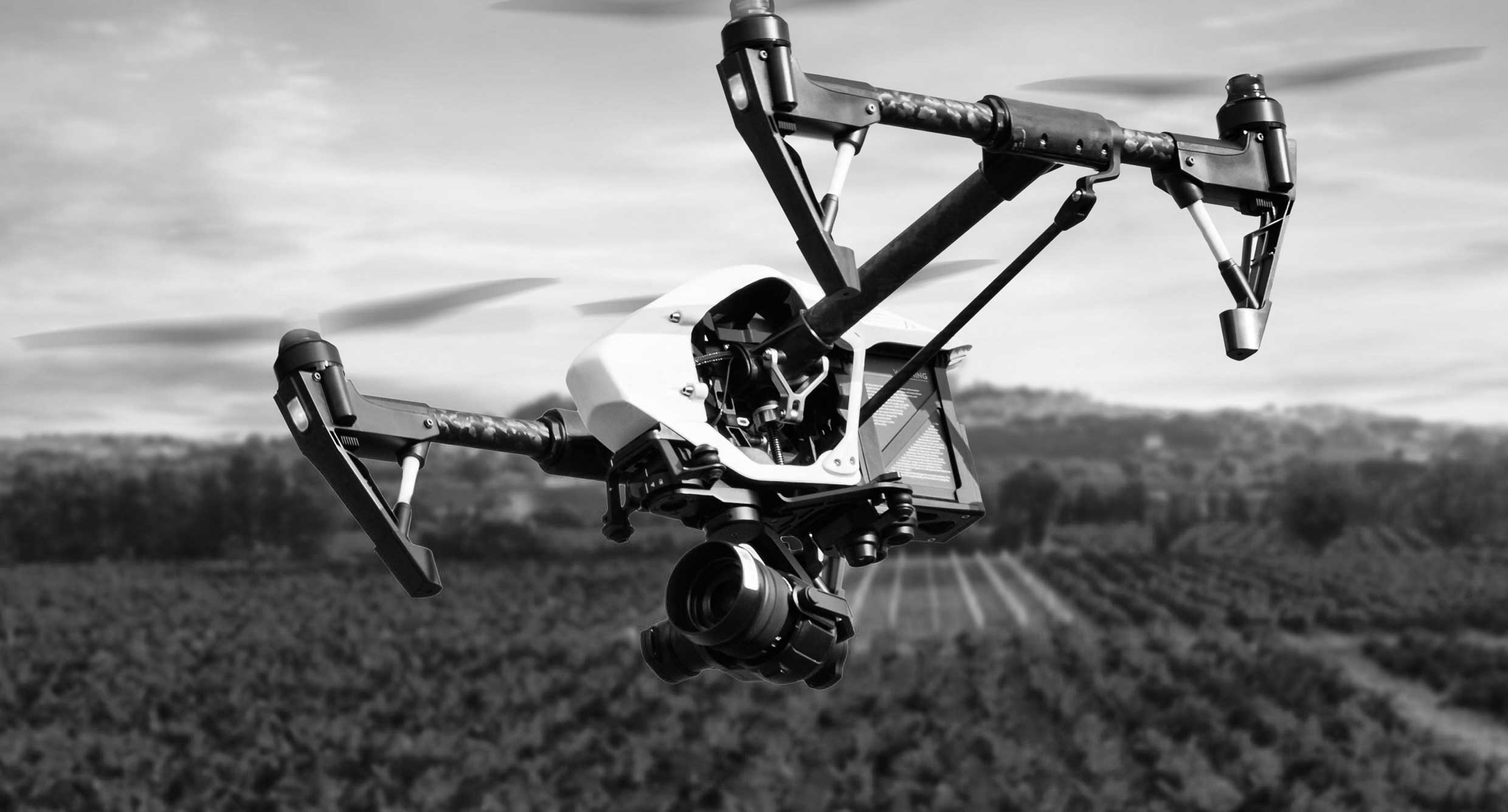The planet must produce more food in the next four decades than all farmers in history have harvested over the past 8,000 years. With the global population set to reach 10 billion by 2050, innovative farming techniques, like vertical farming, are top of mind for every agriculture-guru. The future of food is not only about abundance, but efficiency.
And leading the charge are the Dutch.
Can’t Touch the Dutch with Vertical Farming
Almost two decades ago, the Dutch made a national commitment to sustainable agriculture under the rallying cry “Twice as much food using half as many resources.” Today, they are the globe’s number two exporter of food, as measured by value (U.S. being number one). And they aren’t just ramping up output, they are very conscious of their inputs.
Farmers have reduced dependence on water for key crops by as much as 90 percent. They’ve almost completely eliminated the use of chemical pesticides on plants in greenhouses, and since 2009 Dutch poultry and livestock producers have cut their use of antibiotics by as much as 60 percent.
So, how are they creating the future of food production?
Very simply, they created the Food Valley (a play on California’s Silicon Valley), centralizing innovative food startups around the Wageningen University & Research (WUR).
Contrary to what most farms look-like, the Dutch have doubled-down on creating greenhouse complexes that stretch for acres and acres (check out that picture). This allows them to control all the variables that go into growing crops – leaving little up to Nature’s role in fertility.
But, it’s not all in the climate. They also execute crazy ideas, such as creating a self-sustaining fish-vegetable ecosystem, where fish waste fertilizes plants while the plants filter the water for the fish.
One thing the WUR is adamant on is developing food-tech solutions for specific areas of the world, and working with those governments to implement them.
In the meantime, although their uncanny farming techniques are minimizing resource consumption, they still run into a problem when it comes to using resources to ship their goods worldwide.
The Future of Food Travel
This is why the mission of the food-tech startup, Plenty, is so interesting. Backed by a $200 million investment from SoftBank, Plenty aims to bring a food production hub to 500 cities worldwide (any city over 1 million residents).
Interestingly, Plenty’s farms are hidden inside the confines of a warehouse. In other words, that rundown industrial building taking up a few square city blocks downtown may be on Plenty’s radar.
I never would’ve thought the “fresh” perspective in farming would be taking it to the Great Indoors.
But, by bringing these futuristic farms into a city, Plenty greatly reduces the travel time for produce – lengthening its shelf life and saving on travel costs, which account for more than one-third the cost of fresh produce.
Aside from growing food in a city, they do vertical farming a little different.
Instead of vertical farming on stacked trays, much like grocery store shelves, Plenty grows their produce on towers. Water and nutrients trickle down from the top, cutting 99% of the water used to grow the same amount of produce in a field. They also have around 7,500 infrared cameras and 35,000 sensors hidden among their plants…to make sure they are nice and comfy.
All the accumulated savings from resources and travel allows Plenty to offer Whole Foods quality at Walmart prices. In other words, a lotta bang for your buck.
Bringing vertical farming into a city is just step one. Farming may become even closer to you than ever before.
Bringing the Farm to You
The taste of growing your own food outweighs any food that’s genetically-engineered to hit every single one of your tastebuds.
My roommate’s mother has about 80 of her own plants she tends to, which she uses to make the best salsa north of the Equator.
When I was about eight years old, my mom and I spent a summer tending a small veggie garden. We had some carrots, cucumbers, and cherry tomatoes. The first cherry tomato I ever ate came off of my own vines and in 14 years of eating them since I’ve yet to have one that even remotely compares.
Unfortunately, most of us don’t have the skill or time to grow our own food. Which is why companies that are finding ways to bring farming into the home are actually creating the future of food production.
For instance, Click & Grow created an indoor garden capsule that requires no more effort than a few minutes a week. And they’ve sold 350,000 of them to date.
The folks living closer to nature can use Flow Hive’s easy beekeeping innovation, to beekeep without the need for suits, equipment, and a tolerance for bee stings. Literally, anyone can be a beekeeper – reaping those sweet, sweet rewards.
I expect more and more of these cool, easy-to-use home farming techniques to pop up for people interested in the internal and external rewards of growing a bit of your own food.
Vertical farming really does equal vertical progress.
Splitting Your Time
It’s very difficult to stay intrigued by a project, creative endeavor, initiative, or idea for a long period of time. The longer you work on it or learn more about it, the more challenging it becomes.
And by the time you get to “step 6” of your first idea, a new idea will come along that boasts an easy jump from “step 1” to “step 10”. News Flash! It never is.
New ideas and new subjects are so intriguing because we overlook the problems and challenges that they will uncover months or years into them.
That’s why it’s important to stay vertical and keep on the same path. If you begin growing horizontally (taking on new ideas, projects, etc…), you’ll split your time between too many things.
Sheryl Sandberg, COO of Facebook says, “You have your goals and non-goals. The non-goal is the next thing that you would do because it’s a really good idea. Separating the good ideas from the bad ideas is easy, and is commonly mistaken for how you can get your priorities straight. What’s tougher is actually narrowing down the good ideas you plan to take action on. That’s where non-goals can help.”
So, whether you are learning a new skill, creating an idea, or pursuing an initiative, stay the course. The deeper time investment, the better the results.
Shoot me an email with your thoughts on our future of food and what you’d like to see of it. Thanks for tuning into Quick Theories!



I saw the Nat Geo. article and wonder about the Holland being 2nd biggest food exporter by value. Do you have any figures to substantiate this ?
For an even easier to use product than Click & Grow, there’s also Urban Leaf 🙂
Very interesting article! I like the info provided by you. Thanks for sharing the great article.